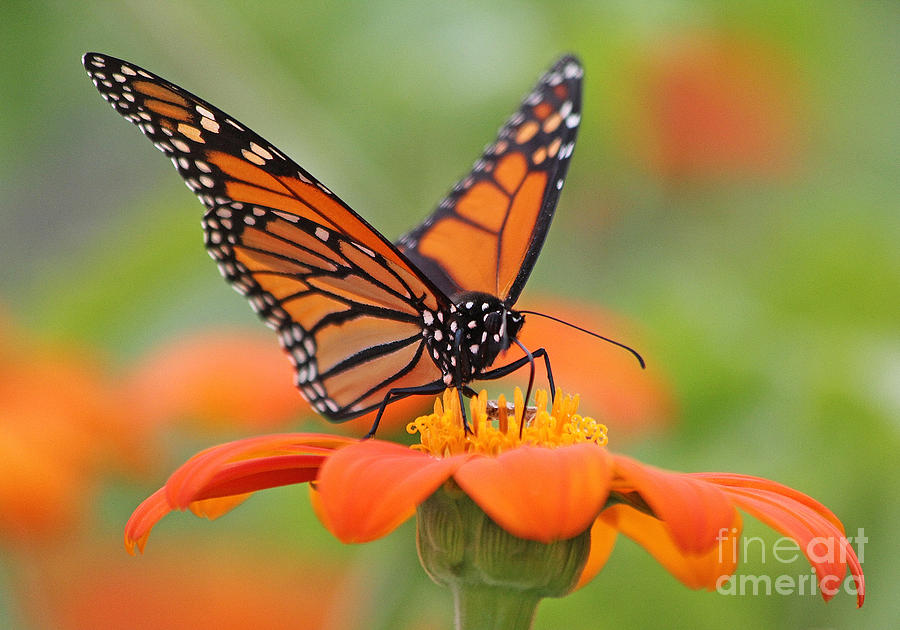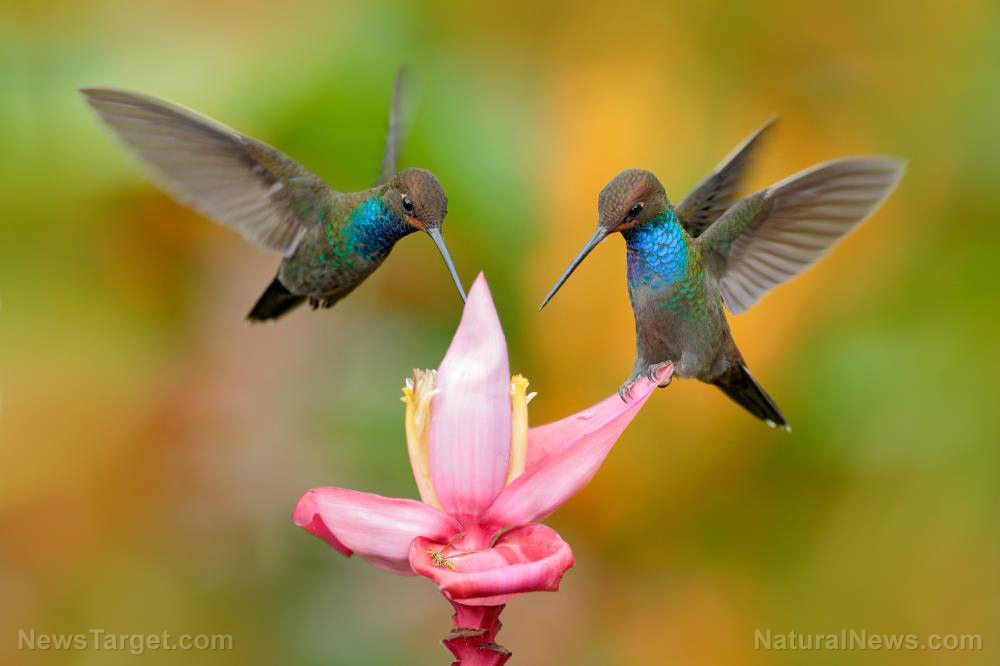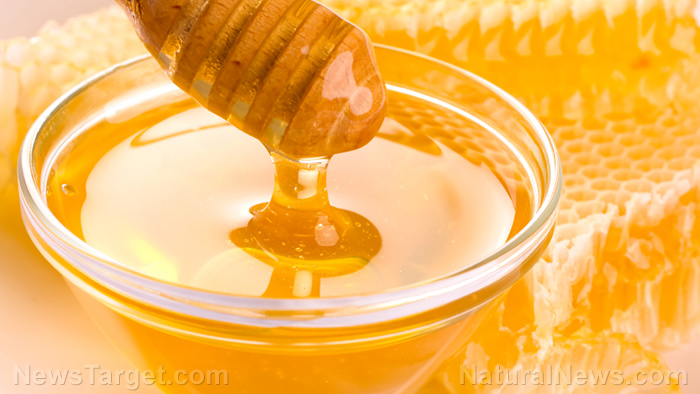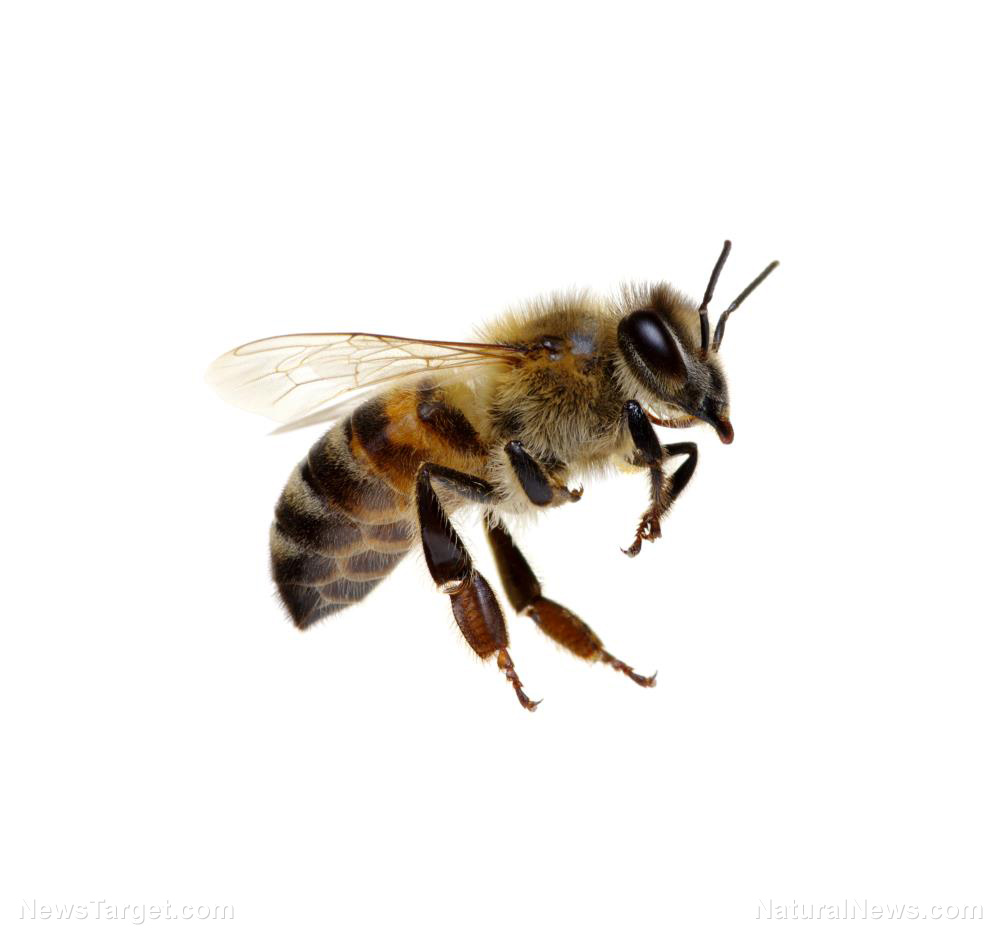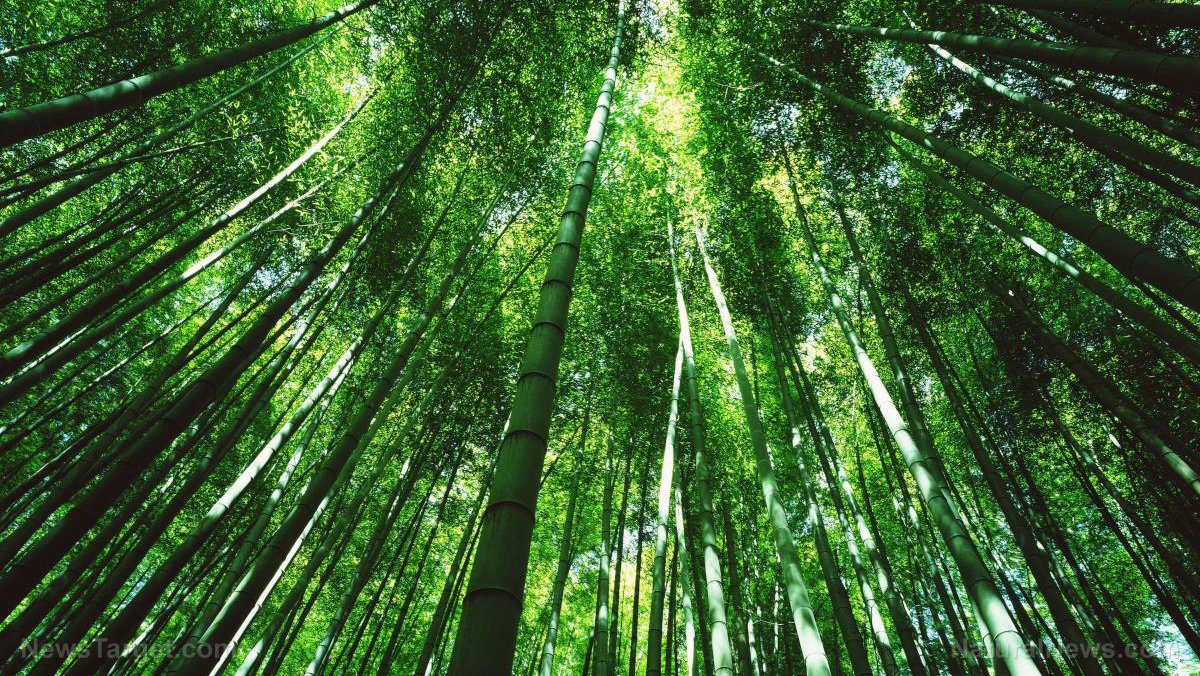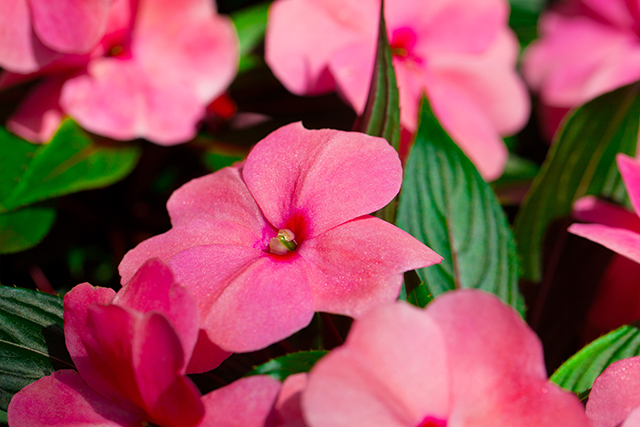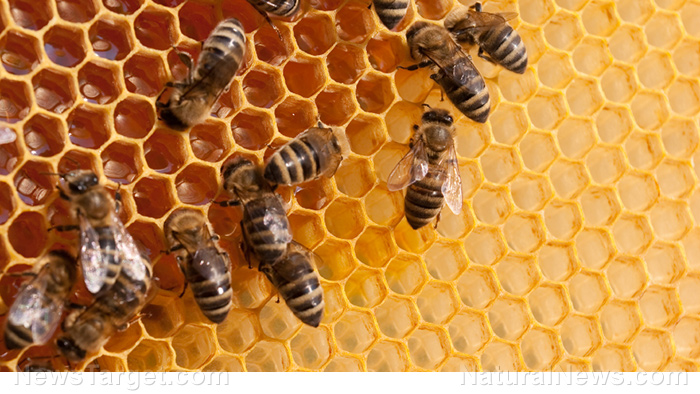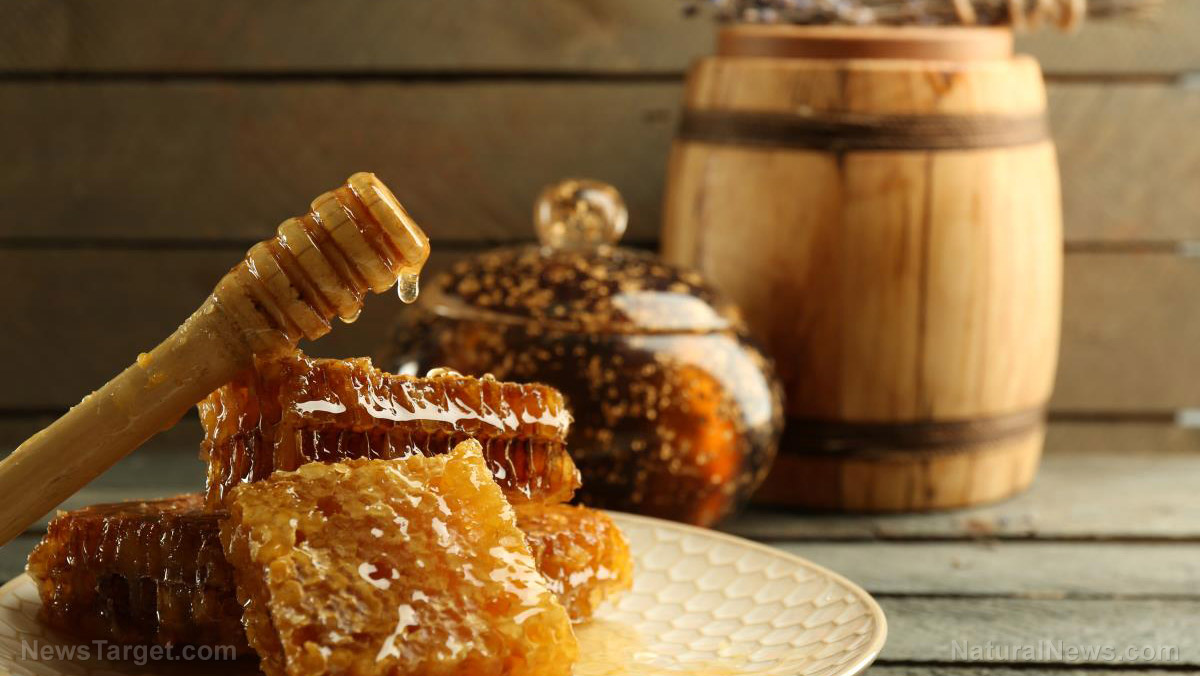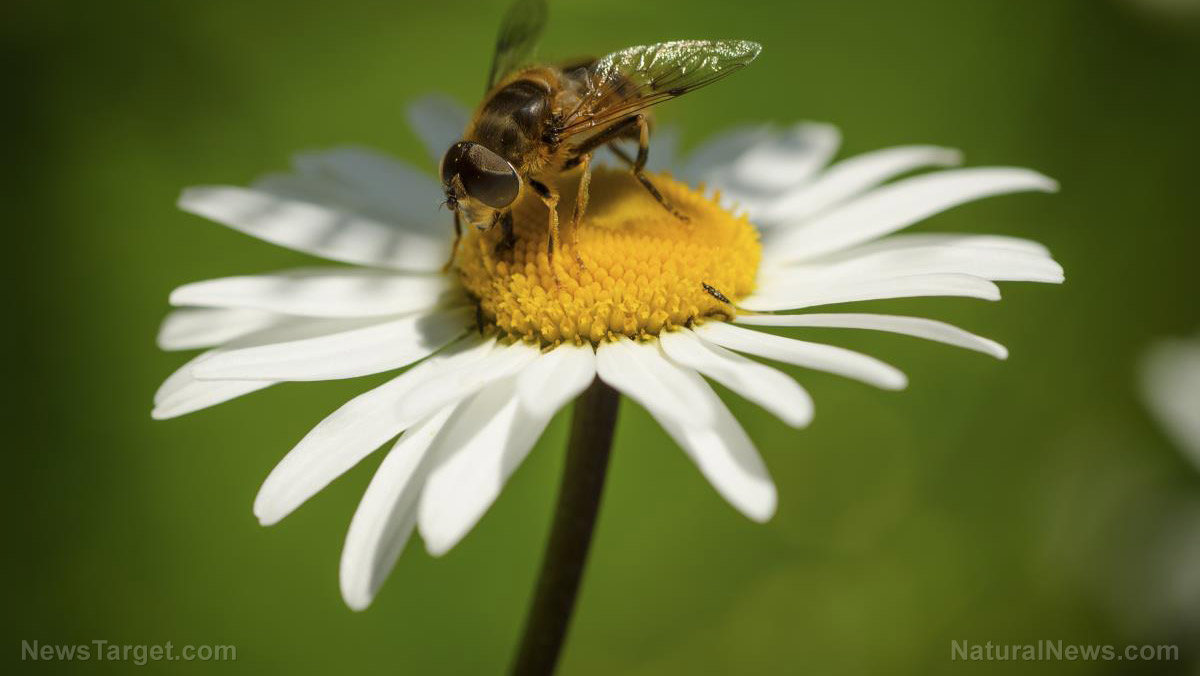A “bat signal” for bees? Scientists have discovered that common garden flowers have an “invisible blue halo” for attracting bees
11/13/2017 / By Janine Acero

What was thought to be a disorder in petal surfaces of certain flowers turned out to be an ingenious adaptation to attract bumblebees which are usually found hanging around flowers with more blue and purple hues, scientists discovered.
The discovery came as a shock to the scientists when they found out, after some tests, that certain flowers have developed a way to attract bumblebees to their nectar by displaying a special glow that escapes the naked eye: an “invisible blue halo” caused by light being reflected on irregular petal surfaces. These nanostructures consist of microscopic ridges and grooves of varying sizes in height, width, and spacing.
Bees have a much broader range of color vision that enable them to see ultraviolet light. This draws them into flowers with blue pigment. Bumblebees have been known to favor flowers such as hydrangeas and delphiniums because of their blue and purple colors, but this set of bee-friendly plants are changing the pollination game.
Lead author Dr Edwige Moyroud, said: “We can’t distinguish between a yellow flower with a blue halo and one without – but our study found that bumblebees can.”
The scientists replicated the “invisible blue halo” through artificial surfaces, and surely enough, the light-manipulating surfaces attracted bumblebees foraging for nectar.
According to Professor Beverley Glover, director of Cambridge University’s botanic garden, “We had always assumed that the disorder we saw in our petal surfaces was just an accidental byproduct of life – that flowers couldn’t do any better.
“It came as a real surprise to discover that the disorder itself is what generates the important optical signal that allows bees to find the flowers more effectively. The disorder we see in petal nanostructures appears to have been harnessed by evolution and ends up aiding floral communication with bees.”
There has been no previous evidence of halo-producing petal ridges in the fossils of early angiosperms (flowering plants) but some examples of aura-generating petals were discovered among two major flowering groups that emerged around 100 million years ago during the age of the dinosaurs, which coincided with the evolution of bees. Some flower species today that can generate aura from their petals include Oenothera stricta (evening primrose), Ursinia speciosa (daisy), “Queen of the Night” (black tulip) and Hibiscus trionum (Venice Mallow or “Flower-of-an-Hour”).
“Our findings suggest the petal ridges that produce ‘blue halos’ evolved many times across different flower lineages, all converging on this optical signal for pollinators,” said Professor Glover.
The bees used the halos as a signal to distinguish which flowers contained nectar. With common flowering plants evolving to adapt to the bees’ ultraviolet-sensitive eyes, they ensure that the bees pollinate their flowers.
Bumblebees are one of the countless insects that are essential in the pollination of many flowering plants. Bees are considered as a keystone species, meaning that their decline or absence in an ecosystem will bring about its collapse. (Related: More than 25,000 bumblebees fall from Oregon sky due to insecticide poisoning.)
Sources include:
Tagged Under: angiosperms, bees, blue pigment, bumblebees, Ecology, environment, Evolution, flowering plants, flowers, invisible blue halo, nature communication, purple hues


